The Inner Lives of Animals
By John Palka — Posted February 18, 2024
With this post, I hope finally to resume more frequent and more regular posts on Nature’s Depths!
Most of you will remember the reason why I have prepared so few posts in recent times—I have been working intensively on two books in honor of my beloved Yvonne, who passed away in November of 2019 in a tragic auto/pedestrian accident. The first book, The Brush Dances and the Light Sings, came out in November of 2022. It is a coffee table volume in which Yvonne’s Asian brush paintings (the dancing brush) and my photographs (the singing light), all of them of nature, are arranged in fifty resonating pairs. Since its publication, the book has won two awards. It continues to be available both from Kirk House Publishers and from Amazon. The second book—a memoir I have called The Journey Together of Johnny and Yvonne As Seen Through Johnny’s Eyes—is now also finished. Printed copies will be in our hands within a few weeks.
Completing these two volumes enables me to once again give major attention to Nature’s Depths. Thank you for remaining readers through all this time!
NATURE ALL AROUND US
During the intense period of bringing the memoir to completion, I have not pulled back from spending time in nature. For me this has become a part of virtually every day, a time during which awe and gratitude surface and when my inner state and my intellectual understanding combine ever more richly. It has been wonderful!
When the winter cold comes, magnificent patterns of snow and ice appear, as if a visionary artist were at work.
During the second week of January, I was on one of my frequent walks in nearby Eastman Nature Preserve. It was early afternoon and the snow was falling gently. I came to one of my favorite spots, a bridge across a modest-sized stream. Despite a period of freezing weather, the stream was running freely. To my great delight, on the stream, paddling rapidly away from me, were three adult mallard ducks—a female and two males.
I managed to catch just this one picture, more than likely showing a new pair in the making. It is reminiscent of a photograph in the post of almost a year ago, Nature Is Rising. That one I had taken months later, at Eastertime, but now it was still mid-winter. Clearly, winter in our region may be a time when life slows, but it most emphatically does not come to a halt!
Each season prompts us to pay special attention to phenomena that characterize that time of year, like the flowers that bloom in the spring (as the song goes) and the snow that falls in the winter. But there are many phenomena that invite us to observe and contemplate them carefully no matter what the season. In this post I want to take up in greater detail an example that we first encountered in November 2022 in the post The Brush Dances, the Light Sings, and the Bumblebees Play. I’m calling it “The Inner Lives of Animals.”
WHAT DOES THE BEHAVIOR OF ANIMALS REVEAL ABOUT THEM?
We most often think of bees and bumblebees as intense food gatherers. They flit from flower to flower and use their prominent proboscis to suck up the nectar; they sometimes have special devices for collecting pollen, which is rich in protein, and taking it back to their hives for distribution; and in the process, they serve their flowers by facilitating cross-pollination.
But that’s not how they spend all of their time. In the earlier post, we met a group of bumblebees who were living inside an experimental apparatus. They were provided with a comfortable hive from which they could readily reach their food by walking through a tunnel to a container of sugar water. Instead of heading directly for food, however, they often chose to make a detour and roll around for quite some time on a set of balls. Looking at the video, it was hard to avoid the conclusion that these bumblebees were enjoying themselves, having fun in much the same sense as we humans have fun. But wait a moment! Saying that you’re having fun would make no sense if you could not experience fun, and having an experience is synonymous with being aware of your inner state. In short, a bumblebee that’s really having fun must in some sense be conscious!
There is a dictum in biology that it is important to try to understand nonhuman organisms as they really are and not to project onto them human attributes that do not really fit them. Such so-called anthropomorphism not only leads to a misunderstanding of other organisms, it can even be regarded as disrespectful, since we are then not crediting these organisms with their own real nature but distorting that nature to fit a human model. In a search for a deeper understanding of the world, this caution against inappropriate anthropomorphism seems to me to be essential.
Biology, however, also teaches us that all living creatures on planet Earth are related via evolution, and that the process of evolution applies to many kinds of traits, not only to those recognizable in an organism’s anatomy. In 1872 Charles Darwin, the principal developer of the concept of evolution, published a whole book devoted not to anatomical traits but to inner lives, The Expression of the Emotions in Man and Animals.
The study of the inner lives of animals abounds in the challenge of balancing two important goals, avoiding inappropriate anthropomorphism on the one hand and not ignoring evidence of the sharing of attributes beyond the strictly physical on the other. Here is how a highly distinguished scholar and psychologist, Paul Ekman, has described the significance of this balance:
The fourth insight [of Darwin] was that emotions are not unique to humans, but are found in many other species. His examples in Expression range from bees to roosters, dogs, cats, horses as well as other primates. For much of the last century that view was considered an example of bad science, of anthropomorphism. Underlying that belief was a reification of language and verbal self-report. If we cannot examine a species’ report of their experience, how can we know if emotion is occurring? That stance would require that we regard infants as not having emotions prior to their acquiring speech! Words are used to describe or reflect upon our emotional experience, but the words are representations of emotion, not the sine qua non of emotion.
If we cannot use human language to communicate with another species, we need to approach the question of emotions, and other aspects of inner life, by close observation and carefully crafted experiments. The study leading to the conclusion that bumblebees can have fun is based on precisely this approach. Today I want to tell you several other stories that point in the same direction. Some of these stories are based on formal scientific studies, some are simply careful observations.
GRIEF AMONG ORCAS
Orca whales (Orcinus orca, Family Delphinidae) are, strictly speaking, not whales but the largest members of the dolphin family. They have a worldwide distribution. Along the western coast of North America there are two broad, behaviorally distinct populations of orcas: transient whales, who move widely around the Pacific, and resident whales, who spend their lives in a limited area, especially within Puget Sound. Both populations form tight social groups referred to as pods. These pods consist of mothers with their offspring, both female and male. They remain together for a lifetime. The males generally leave temporarily to mate with females in other pods, but then they return to their mothers. As many as four generations of orcas can be found in a single pod.
Orcas have long been regarded as highly intelligent animals. Their brains are the second heaviest among marine mammals. Orcas use sounds both for echolocation (much like bats do) and for communication, even developing local dialects. Careful observers have described orcas as playful, not only with each other but even with humans. If you watch orcas from one of the many whale-watching boats in Puget Sound, you will often see them cavorting in the wakes of large vessels like in the picture below.
Thus, orcas form tight social groups and stay with their mothers for a lifetime. What happens when an orca dies?
In 2018 Susan Casey, a science writer for the New York Times, wrote this vivid description of a death in an orca pod:
There are a number of very valid arguments against anthropomorphizing the creatures with whom we share this world, not least of which is that their inner lives deserve to be evaluated on their terms—not ours. At times, interpreting their behavior through a human lens might be misleading, silly, or even harmful. But at other times—and they occur more often than science would care to admit —perceiving ourselves in these others is exactly the right response. When an animal’s emotional state is obvious to anyone with eyes and a heart.
Such is the case with Tahlequah, also known as J35, a 20-year-old female orca from the critically endangered southern resident population based near Puget Sound, Wash. On July 24, she gave birth to a female calf, who lived for just 30 minutes. The calf was emaciated, lacking enough blubber to stay afloat. Tahlequah kept the body at the surface, supporting it on her head or holding it in her mouth. Orcas and other cetacean species have been observed carrying their dead, but rarely longer than a day. Tahlequah has been swimming with her daughter’s body through choppy seas for, as of Friday, 10 days and counting, on what social media observers and orca researchers call a “tour of grief.” They’re right.
Later Ed Yong, another outstanding science writer, summarized Tahlequah’s mourning in this way.
Last month, a 20-year-old female orca named Tahlequah (J35) gave birth to a female calf that died after half an hour. While many orca mothers have been seen carrying the bodies of their dead calves for a day or so, Tahlequah did so for 17 days—a heartbreaking tour that captured the world’s attention, and that ended last Friday. “I have never seen that kind of grief,” says Ken Balcomb from the Center for Whale Research.
We do need to be wary of anthropomorphizing inappropriately. However, we also have to acknowledge what we observe!
GRIEF AMONG LANGUR MONKEYS
Grief among primates has been studied extensively, mostly by careful observation but in some cases by creative experimentation.
The BBC has presented a documentary portraying striking observations on the behavior of a troop of langur monkeys (Semnopithecus, Family Cercopithecidae) in Rajasthan, India. The experiment was based on introducing to the troop a robot that looked and moved very convincingly like a baby langur. At one point, the robot fell and acted like it had been killed. The behavior of the entire troop was vividly transformed, with not only the robot but also the living babies being caressed.
LONELINESS AND LOVE IN GEESE
Expressions of emotions are by no means limited to mammals. At Eastertime of 2021, I posted a Rumination that I called Nature Is Risen, She Is Risen Indeed which included several stories about how birds relate to one another and bring the next generation into the world. Some birds pair for a single season, but some pair for life. Among those who choose lifetime companions are swans, sandhill cranes, seagulls, Canada geese, and domestic geese.
If a couple stay together year after year, it is virtually inevitable that at some point one of them will die while the other remains alive, just as is true for most of us humans. Then what happens? What is the reaction of the surviving partner, whether it’s the male or the female? Do they stay alone, or do they seek a new partner? Do we have any way of telling whether they experience emotions akin to human ones?
Here is a story about two domestic geese, Blossom (a female) and Frankie (a male), in a small town in Iowa.
Blossom and her partner Bud settled on a lake in a cemetery and were observed by the cemetery’s director, Dorie Tammen. They swam in the lake and took bread from the director’s hand. Sometimes they flew off, but they always returned.
One day, Tammen found Bud dead on the ground, apparently killed by a predator. She buried him next to the lake. Here is a description of Blossom’s reaction.
After Bud’s death, Blossom isolated from the hundreds of birds at the lake, walking among tombstones by herself or hiding behind the cemetery office. She stared at her reflection in windows, mirrors, and tombstones.
Tammen wrote an engaging announcement in Blossom’s name and posted it on Facebook.
“Lonely, widowed domestic goose seeks life partner for companionship and occasional shenanigans. Come share life with me at Riverside Cemetery . . . I’m youthful, adventurous and lively, and I’ve been told I’m beautiful.”
A farming couple named Hoyt, living about 50 miles away from Riverside Cemetery, spotted the post. They had adopted a pair of geese from another farmer, named them Handsome and Gretel, and really enjoyed having them around. One day, however, Gretel disappeared and the eggs in the nest were cracked. Almost certainly she, like Bud, had been killed by a predator. With Gretel gone, the owners changed Handsome’s name to Frankie.
For months, Frankie . . .searched for Gretel around the farm, honking and staying outside his shed at night. After her death, Frankie often stood at the doorstep, waiting for the Hoyts to come outside before trailing them.
On February 11, Hoyt called Tammen to arrange a Valentine’s Day date for the geese at Riverside Cemetery. . . The initial meetup wasn’t successful; Frankie flew away soon after he left his cage . . . Tammen found him the next morning near the cemetery before wrapping him in a blanket, driving him back to the cemetery, and herding Blossom.
This time, Blossom spread her wings, and the pair hurried across the property, which Tammen attributed to excitement. After about 10 minutes they waddled to the lake, where they ate grass and interacted with other birds. “It was love at first sight–or second sight,” Hoyt said of the geese, who were featured on CBS Sunday Morning. . .
Blossom and Frankie spend all their time together, Tammen said, even napping beside each other. . . After Bud’s death, Blossom visited the cemetery’s office every day. Tammen believed she was seeking company. Now every time Tammen spots Blossom on the cemetery grounds, Frankie is never more than a few feet away.
Blossom and Frankie never leave each other’s side.
Here is a televised version of the same story as told on CBS, and also a second story about a pair of Canada geese. Both presentations can be criticized for using anthropomorphic language. However, both stories are well-documented. What interpretation of the observed behavior other than the presence of feelings can one offer?
JUST HAVING FUN
We have seen documentation of bumblebees rolling around on balls in a way that is hard to explain without postulating that they are enjoying what they’re doing, that they are having fun. Similar examples have been found in a range of other animals.
Perhaps the best studied are crows and ravens, members of the family Corvidae. They are exceptionally smart and a great deal of evidence documenting their memories and their problem-solving capabilities has been accumulated. In addition, however, they often look like they’re having fun.
Among the things they do is roll and even sled down snowy slopes, for no apparent reason whatsoever! Numerous videos showing this kind of behavior have been posted on the internet. Here is a particularly vivid one of a crow repeatedly snowboarding down a snowy rooftop on what looks like a jar cover.
And here’s a one of a raven just rolling around in the snow for no obvious reason other than enjoyment. This video was taken by Kaeli Swift, a research biologist who has done many studies on crows and ravens and has been very interested in the question of consciousness in nonhuman animals, including corvids. You can find descriptions of many of her efforts here.
EXPLORATION OF THE OTHER
We have seen multiple times that animals—mammals, birds, and perhaps others as well—bond with other members of their own species, most obviously to facilitate reproduction. However, bonds need not be within a single species—we humans and our pets are an example of this fact.
Here is a video, once again of a crow, that takes this familiar truth a step further. We see the crow coming every day to visit a family, playing with and riding on the back of their pet dog, and even seeming to make friends with their new cat. These are observations that point in a compelling way to inner feelings in the crow, and in the pets as well. They do not constitute a rigorous proof, to be sure, but again it would be a major challenge to come up with an explanation of this behavior that argues effectively against the presence of inner feelings.
Cross-species interactions have been observed a number of times. If you have access to Facebook, you can look at a wonderfully vivid example documented in this video. It is a portrayal of a deer who cuddles with both a cat and her kitten belonging to the family who made the video, and even accepts their dog. Again, it is hard to explain what is behind this behavior without invoking feelings.
And finally, there is a striking example from the world of an animal who is far removed on the family tree from us humans—an octopus. It is documented in a movie that has received wide acclaim and many awards, My Octopus Teacher.
A committed observer in South Africa, Craig Foster, dived in the same coastal area every day for several years. He did it primarily because one day he observed an octopus behaving in a way that intrigued him, and he decided that the only way to study that octopus would be on her home territory and in a way that did not disturb her. Over time, the octopus not only grew accustomed to Foster, she initiated skin-to-skin contact. Initially she seemed to be curious about him, but it’s hard to avoid the impression that over time she grew to like the contact and to want it.
Much of this is explained in the movie’s trailer. Foster is eloquent about the impact that this experience made on him. In an interview broadcast on Christiane Amanpour’s show on PBS, you can see both an exploration of Foster’s years of experience with the octopus (to whom he never gives a familiar name because he does not want to think of her as a pet) and gain insight into the preparation of the movie as shared by the director, Pippa Ehrlich.
The authors of easily half of the over three hundred comments on the interview say that they cried as they watched the movie itself. Almost as many say the movie is the best documentary they have ever seen and richly deserves the Academy Award and numerous other prizes it has received.
My Octopus Teacher is available on Netflix.
THINKING ABOUT THE INNER LIVES OF ANIMALS
In the study of the inner experiences of humans, it has become conventional to distinguish two different aspects, the specific content of those experiences and our conscious awareness of that content.
When observing the outer world, for example, the content is provided initially by our sensory systems. The brain then processes the information-bearing electrical activity of those sensory systems into images, sounds, odors, and the like—all of which we experience but which are not actually a property of the material world. For example, light is composed of electromagnetic waves of specific wavelengths, but those waves do not themselves have color. It is our brains that generate the colors we experience.
The light we detect, whatever its wavelength, plus the new property of color that we give this light, are part of the informational aspect of the world of our experience. However, we would not have experiences at all if we did not also have consciousness. Our brains could guide our bodies to respond to all incoming sensory input in a non-conscious way, just as they do with many stimuli of which we are not aware—when, for instance, our brains keep our body temperature and the salt levels in our blood at constant levels, or our posture upright, without our ever being aware of any of the sensory input that maintaining this stability requires.
Our understanding of how information is obtained by sense organs and processed by brains has grown substantially, especially in recent years. Strikingly, however, science has no agreed-upon explanation of the origin of consciousness, the very center of life as we know it.
A parallel distinction is made in scientific writings between emotions and feelings. An emotional state is recognizable through the physiology of the body. Different emotions are characterized by different changes in heart rate, blood pressure, muscle tension, behavior of the eyes, and the like. Such changes often occur without our being aware of them. A keen observer or a trained therapist can often tell us about aspects of our very own emotional state that we were previously unaware of. These bodily aspects of emotions are parallel to the information content of our experience of the world.
It is certainly the case, however, that we are keenly aware of many of our emotions. Being aware of emotions requires consciousness, just as being aware of sensory input requires consciousness. Scientists refer to consciously recognized emotions by the common word feelings.
The examples I have offered you in this post suggest the presence of conscious feelings in animals other than humans. These examples do not provide proof that this is the case, but they offer observations that are challenging to explain if we insist that nonhuman animals do not have feelings.
I invite you to pay attention to similar examples that you come across in your own lives. Consider seriously whether what you are observing in an animal is merely a physical manifestation of emotion, or whether such an explanation is inadequate and what you are observing seriously indicates the presence of conscious feelings in non-human members of the living world.
As you do this, however, I encourage you not to anthropomorphize. Try to meet the animal on its own ground.
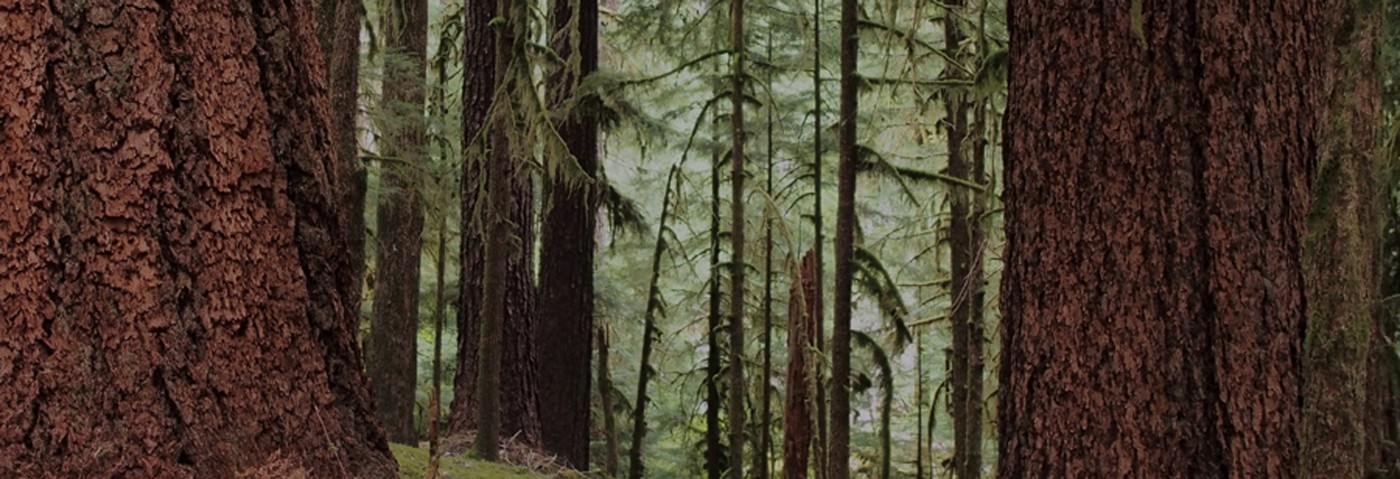
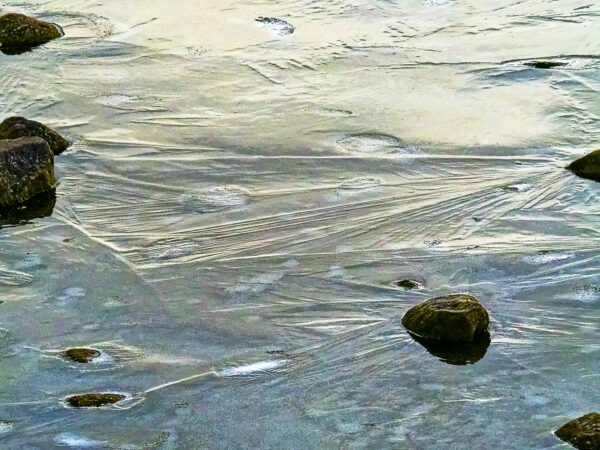
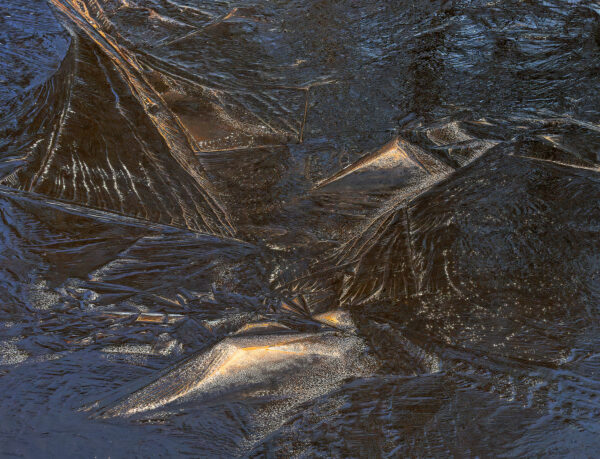
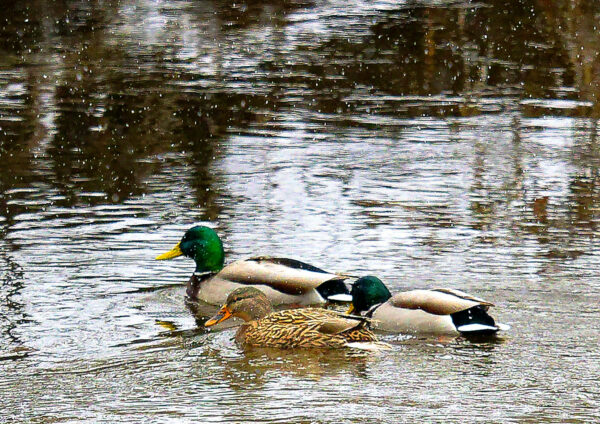
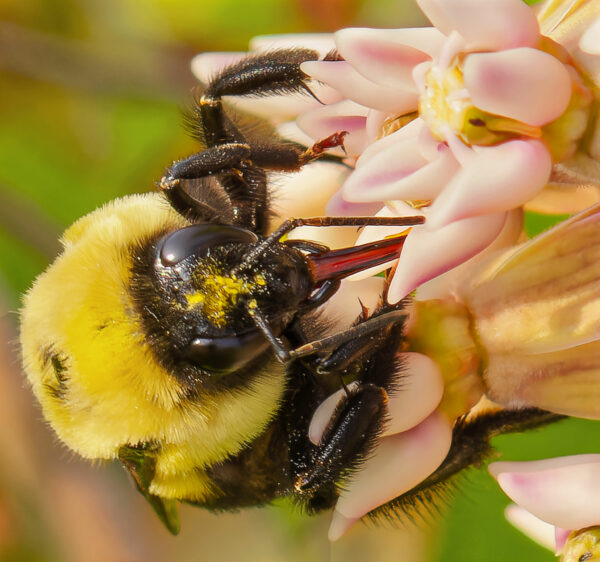
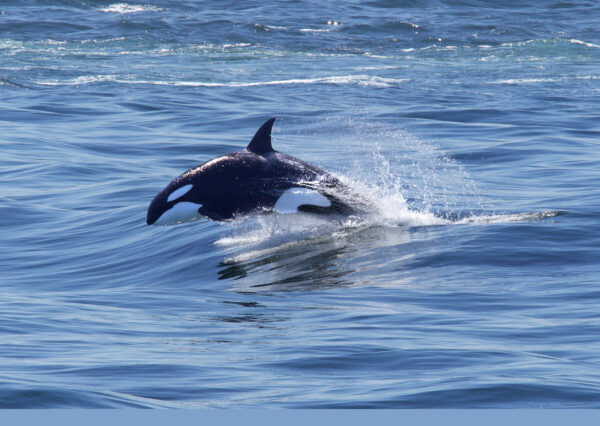
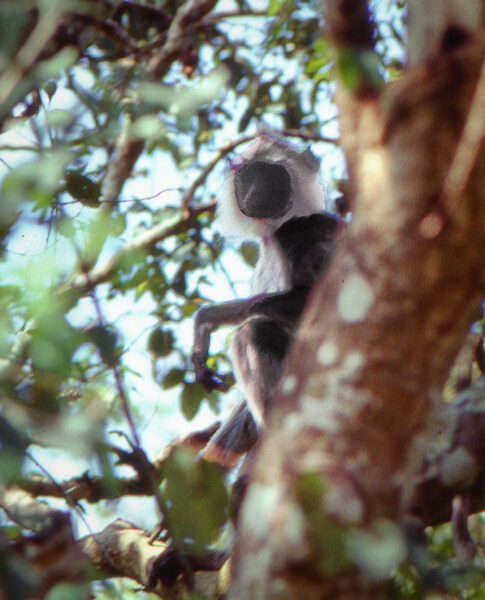
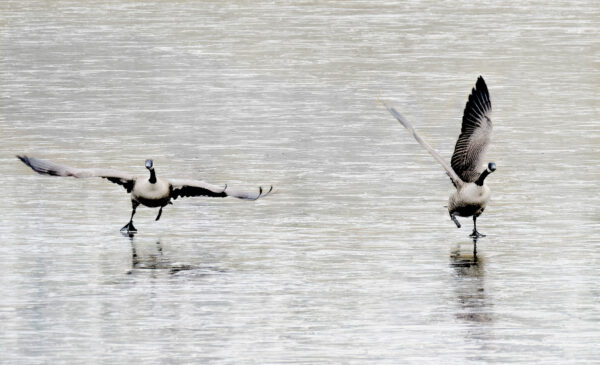
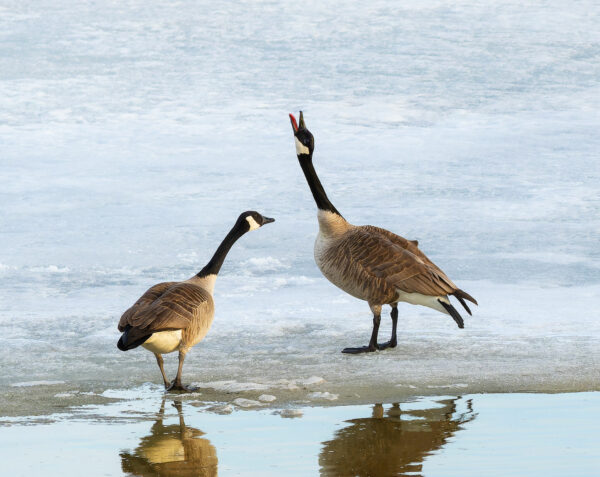
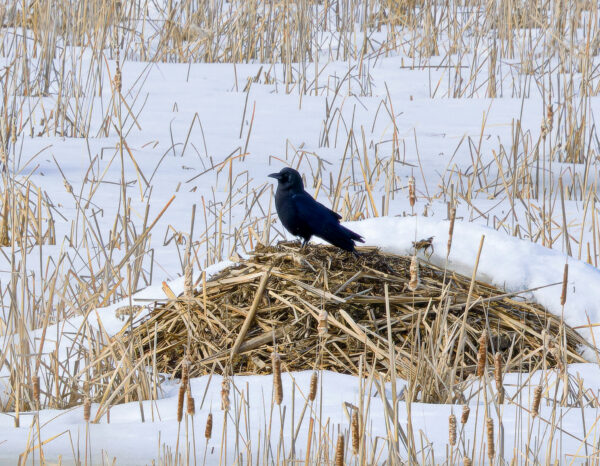
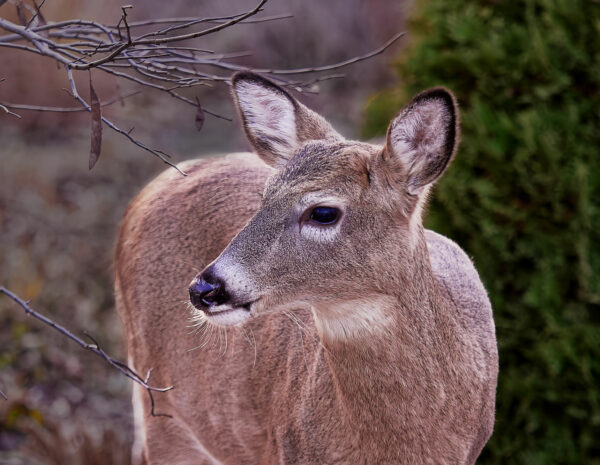
Johnny, I am thrilled to see you back in print after your hiatus of many months. I am going to forward this email and its contents to my friends the Balcombs of Astoria, as Doug Balcomb is Ken Balcomb’s brother, I believe.
Much love,
Kit Ketcham
How great, Kit. Thank you!!
I’m thrilled to be reading your newest post. Congratulations on finishing the books, continuing your observations, and resuming deeply inquiring and contemplative articles such as this one.
I often wonder about the inner experiences of the astounding variety of non-humans around us. I can’t ask them, but I can sure watch them and appreciate well-considered research and beautiful descriptions and reflections such as yours.
Thanks so much, Sharon. I’m really glad to be back to Nature’s Depths. Assembling pieces like this not only inspires me to look at nature ever more carefully, it teaches me things that I wouldn’t even think about otherwise!
Thank you Dad for another insightful piece! I love your perspective – definitely comes from both the head and the heart!
Thank you, Sweetheart!
Johnny, my dear neighbor,
I am so impressed with you dedication to your interests and also, your command of our language. The depths you reach in your descriptions and examples are facinating and thought provoking. I only wish we were both decades younger with opportunities to share discussions of both simple and complex subjects. That said, we would enjoy your company, again, for dinner when we return. I would also ask my brother to join us. The conversations would, I believe, be entertaining.
Thank you, Dan. I agree – let’s get together again and talk. And if your brother also comes, so much the better!
Amazing post, Professor!
My mind gone somnolent with health related depletion of energy, was awakened and stimulated by your post.
Your remark that light of different wavelengths get imbued with colour by our mind’s perception opens a vista of philosophical speculation. This is further strengthened by your remarks on ’emotions’ and ‘feelings’ which become available only by experience. Hence an experiencer gets interposed. Frankly, I am intrigued by the degree of approximation to Hindu Upanishadic philosophy, which places awareness at a level higher than experience by divorcing the need for experiencer as individuality steps back in the all-inclusive awareness.
Thank you for the post. You may or may not have intended this kind of stimulus. But who can predict which straw the spark is going to ignite?
Thank you and God Bless you.
My heartiest congratulations on the publication of your books.
RSV
Thank you so much, RSV. I am not surprised that you immediately saw the relationship with Upanishadic philosophy. I will send you the link to a talk I gave a few months ago at the local Hindu Mandir where I explore this theme in much greater detail. May your energy stay awakened! Johnny
Thank you Johnny, as usual this journey has been most remarkable for me. I am so pleased you are sharing in this way.
I wonder not only of animal consciousness but of my own experience of their awareness or lack thereof.
I am not sure your examples show me convincingly of any consciousness(confirmation bias?), but I love the world that I imagine to include more awareness around me with me recognizing that awareness and being just another part/viewpoint. Perhaps these animals occasionally (always) express the one, the pattern of consciousness without awareness.
I totally agree with you, Marc. We do not know unambiguously about consciousness in other creatures. At the same time, we have a growing body of well-documented evidence about behavior that is very hard to explain if some form of consciousness – an inner state that includes awareness in addition to the brain’s handling of life-supporting data – is denied.
Hi John. I’m so glad to have met you recently and now receive your newsletter. Reading this felt like sitting in a college-level course, and I mean that in the best way! Such fascinating information, and so much to think about when interacting with nature.
Thank you, Lynn. I’m glad that my approach worked for you!
loved your posts as always
Thank you, Bonnie!
Dear John,
Earlier this month I sat in a small cabin along the lane at a place we’ve called Whidbey Institute, and on the small table was your book. It was a moment of reprieve and recognition, as memory took me back to our online meetings about the trails. I’m delighted to read your writing and see your voice. With gratitude for this writing life,
Sarah
Thank you so much, Sarah. The Whidbey Institute has been a deep presence in my life for at least thirty years. This makes your message even more meaningful to me than its words alone!
Sarah, I love the use of the term “…see your voice.”
Dear John (aka Johnny)
We met on the Elm Creek trails behind my townhome (Elm Creek Bluff) as we walked to the dam where we parted as you were going to take more photos of the beautiful tranquility.
I’ve been hoping to see you again to hear more about you and your interesting life and history.
Hi, Romie. The dam provided me with my first encounter with the large group of mallard ducks collected below it and gifted me with some wonderful pictures. Thank you! By all means, let’s find each other again.
Thank you for sharing your thinking on this question. I really appreciate the experience, knowledge and perspective that you bring to your writing.
Thank you, Karen. I sure learn a LOT whenever I prepare a fresh post!
Thanks for this reflection, Johnny My brother Duncan has restored a dairy farm near Aberdeen, WA – and watching the videos he posts of his baby goats doing the log-roll on 4-foot diameter rubber balls – made me think of the Bumblebee ball rolling!
That’s great, Marten. I am starting to accumulate literature on not only fun but also humor in animals. It’s amazing how much we can learn if we only pay close attention! Are Duncan’s videos available to viewers generally?
Your insights are always so refreshing, Johnny. Delighted you are still writing and photographing. Loved the video of the crow tubing down the snowy roof. Intend to buy a copy of your book with you and Yvonne side-by-side.
Thanks, Michael. I have to say that both writing and photographing are very nourishing for me. I never know what I will learn or see!
This is fabulous, Johnny.
THANK YOU!
Thanks so much, Julie!